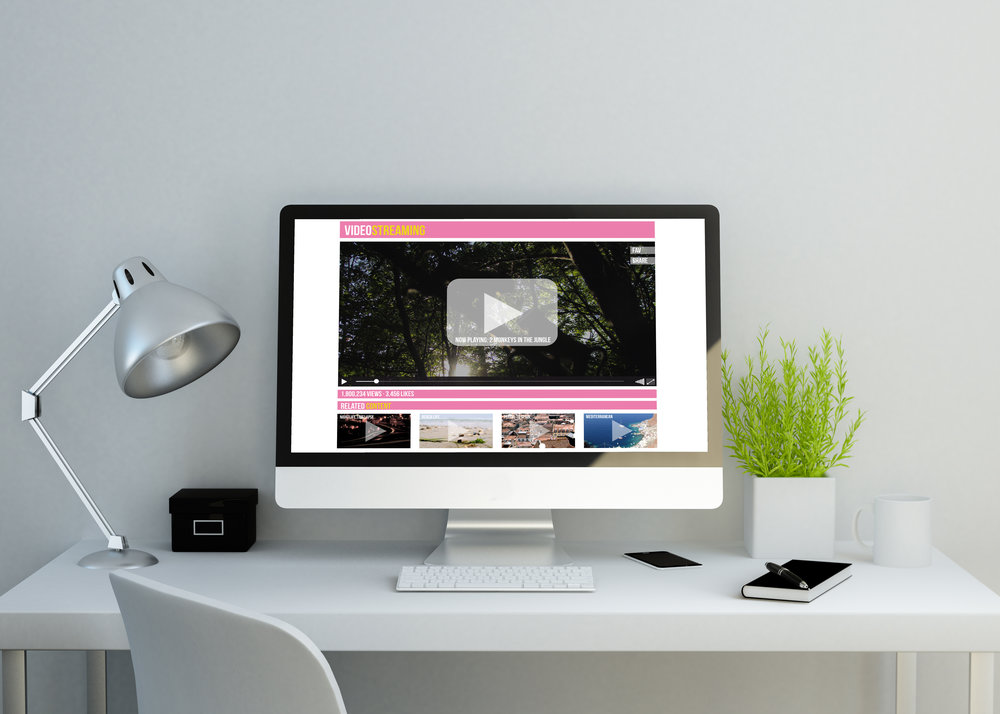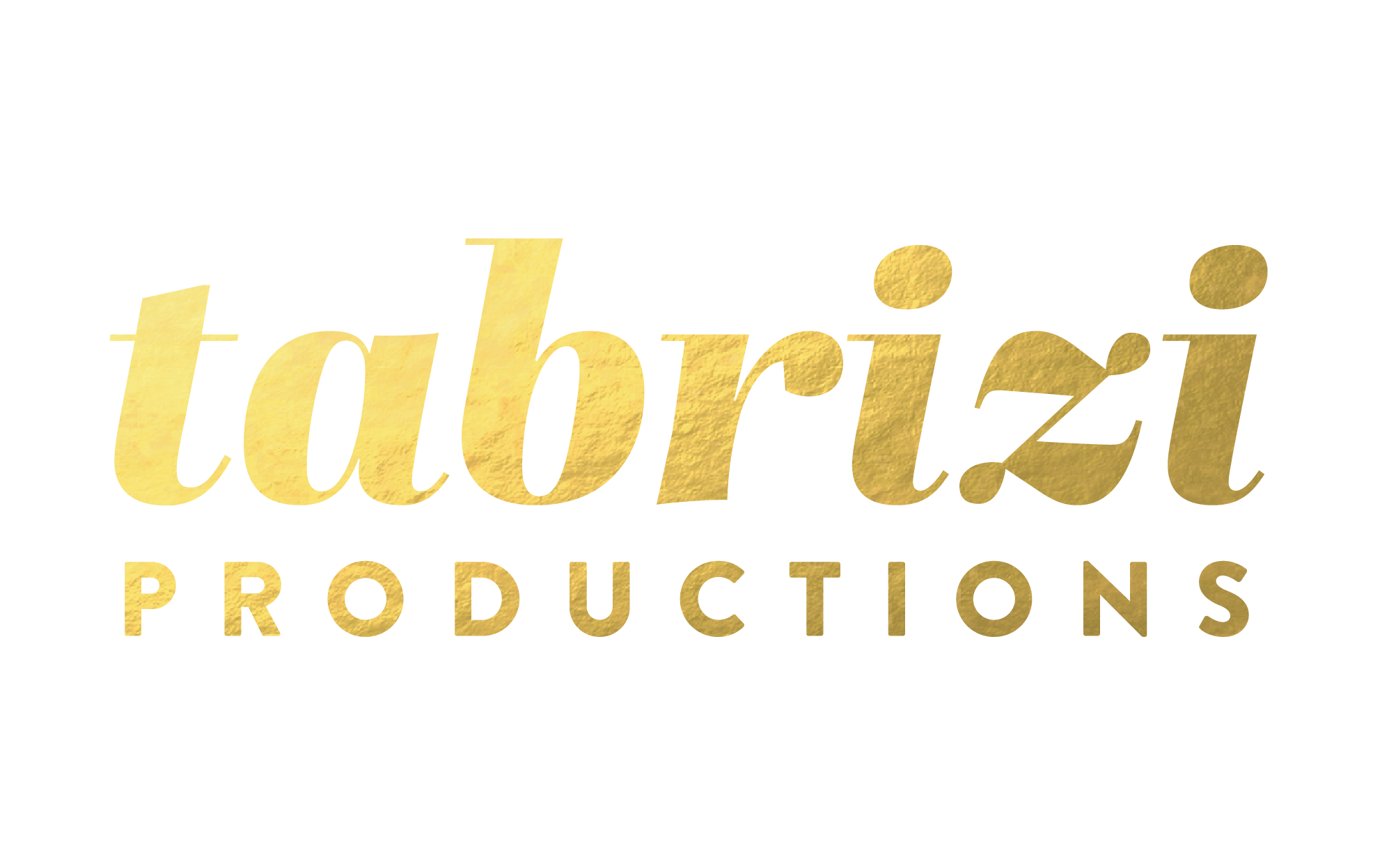In our lifetime, video and film have undergone a dramatic evolution. From the early television broadcasts - which only provided three or four channel options and turned themselves off at the end of the day - to literally millions of options, on-demand, carried in our pockets and viewable from anywhere, anytime on earth.
Viewers can now control when they watch, where they watch it, what device they’re watching on and, most importantly, what they want to watch. In fact, one-third of the average user’s online activity is spent watching video. Children, in addition to the traditional answers of “firefighter” and “police officer,” are beginning to reply with “YouTube personality” when asked what they want to be when they grow up.
Five Steps to Building A Video Series
Video is already one of the most powerful tools in your marketing toolbox. Combine that with the strong and growing desire to consume information in this manner and you have a recipe for success.
From tutorials to product reviews, your business has unique insights and knowledge that will translate well to video – you just have to find them. Here are three steps recommended by Social Media Examiner.
Step 1 – Research and Identify Potential Topics For Your Video Series
The video planning process starts with a brainstorm, and narrowing those ideas down into viable topics that will attract your desired audience and community.
If you have videos uploaded on a platform like YouTube already, take a close look at the analytics to see what viewers are searching that leads them to your existing content. You can also ask your audience for their insights. Use an email survey or Instagram story poll to find out what they’re interested in. By asking for their input, you’re including them in your planning process, and at the same time learning about what they’re struggling with.
Step 2 - Develop a List of Keywords and Phrases to
Optimize Your Video Series for Search
After you have a list of potential topics, do some keyword research to identify words and phrases that users are commonly searching for and can be seamlessly integrated into your content.
Take a look at the analytics for your blog or website and make a list of topics related to your most popular pages and posts. You can also use services (both paid and free) like Kparser, Hypersuggest and Wordtracker to find both short and long key phrases, or keywords, related to your topics.
Your keywords should cast a wide net, but not so wide that it doesn’t narrow down the competition some. For example, “how to edit videos” will pit you against a greater number of competing videos and channels compared to “how to edit videos on a smartphone.”
After you’ve identified your keywords, work them into the video’s title, description and tags. You need to tell your video platform what each element of your video series is about so that it is easily discovered when someone comes searching, or so it can be listed as recommended content.
Step 3 – Break a Topic Down Into A Multi-part Video Series
Instead of using a single video to cover one topic, try breaking it down into smaller pieces. Shorter is always better when it comes to online video, and five one to two-minute videos in a series is much more palatable than three five-minute videos, and certainly one video at fifteen minutes.
From a viewer retention standpoint, setting up a video series like this works well for encouraging viewers to view your next (or previous) video for more information. It also gives you multiple opportunities to encourage viewers to like, follow or subscribe to your channel for future content, or even direct them off of one platform and to your blog, website or shop.
Here’s a quick summary of the best video length by platform:
Instagram - 30 seconds
Instagram videos that received the most comments averaged just 26 seconds. Our brain processes visuals 60,000 times faster than text, so users scroll faster on Instagram than any other app.
Twitter – 45 seconds
Twitter’s video of the day averages just 43 seconds. Users are accustomed to short tweets, so make sure the brevity also applies to videos.
Facebook – 1 minute
Facebook audiences like to engage most with videos that are just one minute long. Users like snappy videos that they can quickly like or share before moving on.
YouTube – 2 minutes
The videos that receive the most engagement on YouTube are about two minutes. Users like spending time on this platform because they can easily find specific videos and watch their favorite creator’s content. Creating slightly longer, more in-depth, content is perfect for this platform.
Pick a Format for Your Video Series
Despite its popularity, a recent study by the Content Marketing Institute found that videos ranked only third in most commonly used content types for marketing, behind case studies at number two, and social media posts at the top.
It might seem less intimidating to find a different topic to write about each week than to turn into the next installment of your video series, but if YouTube celebrities can do it than so can you! To help get you started, here are 12 of the most popular types of video content in 2019.
1. Vlog
Vlogs, or video blogs, are cheap to produce, personality-driven and quite possibly the best value when you compare the potential returns to the energy invested in production. You can sit in front of your camera with a one-page outline of talking points and have a new and engaging addition to your video series five minutes later.
2. Culture
Culture videos can include slice-of-life employee interviews, game days in the office, pranks, birthday parties and everything in between. The goal is to show that your brand isn’t just clockwork, but a human fabric with a lot of personality. These types of video series also go hand in hand with HR, and can be used to attract the best and brightest job candidates.
3. Interview
A good interview should follow a set of guidelines like a vlog, but feel unscripted. As an interviewer, your job is to make your subject do the talking, not the other way around.
Interviews can be an easy way to produce a multi-part video series in a short period of time. You can interview a single person about multiple topics, or line up multiple interviews over the same afternoon.
By being associated with outside experts, you’ll grow positive brand associations and credibility with your audience. If you’re interviewing experts from within your company, the final video series can double-dip into the culture category and be used for HR and recruitment purposes.
4. Webinar
Webinars are high-value, low-cost endeavors that require no scripts or actors. You can host Q&A sessions with clients, demo products or have a live interview with industry leaders.
Webinars can also be a great piece of content to promote through paid traffic. For example, you could have a Facebook ad campaign that drives people to a webinar and then to your own content.
5. Event
Event videos bring the party to viewers who couldn’t make it and extend the reach of any single event exponentially. Think of the Macy’s Day Parade in NYC. How many people do you know who have been to that parade, ever? Now compare that to how many of us know about it, and have seen it year after year, because it was covered on television.
With the rising popularity of Instagram stories and Snapchat, many companies are beginning to cover their events in 15-second video series montages.
6. Presentation
TED Talks are easily the best example of a presentation video. A presentation takes the excitement of an event and combines it with the usefulness of a webinar to create a compelling and shareable narrative. Use this format to your advantage by turning targeted presentations at company events or small-scale networking events into a video series.
7. Tutorial
Have you ever looked up a video to learn something new, or refresh your memory on something old? From cooking to car maintenance, YouTube has become a visual Wikipedia of sorts for the DIYer.
Helpful content has to be more than just promotional tie-ins and soft selling though, because consumers are always smart enough to know when they’re being sold – and they never like it!
8. Product Review
If you have an audience that trusts you, you’re doing them a favor by reviewing products that they might find useful. They can just rely on your recommendation instead of having to figure things out for themselves.
Don’t review your competitor’s products (you don’t want to lose customers, or risk coming across as petty) but a video series reviewing products not in your line, but complimentary to your brand, can still be useful to your customers.
9. Testimonial
The last time you were looking for a service or specific product, chances are you asked your friends and family for a recommendation. There’s nothing better for business than an endorsement from a real person.
If you want to start building a video series of testimonials, try throwing an event to attract existing customers who you can then record live. Or create a contest for customer review videos that you couldn’t possibly have written yourself.
Here are a few questions you can ask to help craft a powerful testimonial video:
What was the obstacle that would have prevented you from buying this product?
What did you find as a result of buying this product?
What specific feature did you like most about this product?
What are three other benefits of this product?
Would you recommend this product? If so, why?
Is there anything you’d like to add?
10. Animation
Technically, animation is more a style of video than a type of video, but what a powerful style it is! Animated video series are perfect for companies that have complex products and services that can be difficult to explain.
11. Behind The Scenes
People love businesses that seem like they’re human and not soulless corporations. Video is the perfect medium for engaging one-on-one. It puts a personality behind the brand and it makes us feel closer to them.
Platforms like Instagram and Pinterest make this really easy, since they allow you to ask questions and take polls, and then answer them on video – all from your mobile device.
12. Live Streaming
Live videos satisfy our need for instant gratification. We’re able to interact with a community in real time, and potentially get noticed by the broadcaster. Live streams can make us feel like we’re at an actual, live event. They work well for new product launches, Q&A, behind the scenes and more.
Plan Your Video Series With Tabrizi Productions
Have you checked out my wide range of services? Whatever idea for a video series your marketing department has cooked up, Tabrizi Productions can make it happen! Contact me today for a free consultation.






